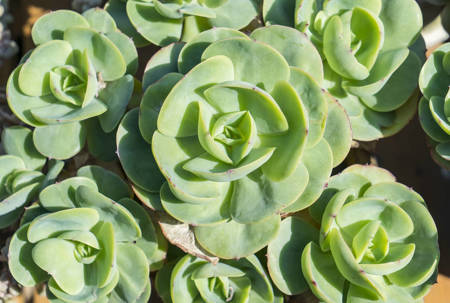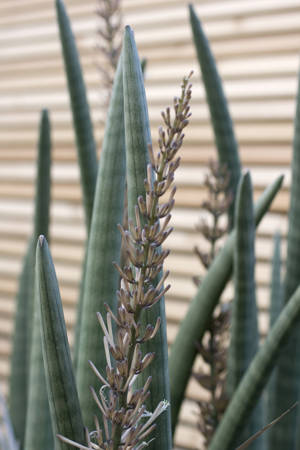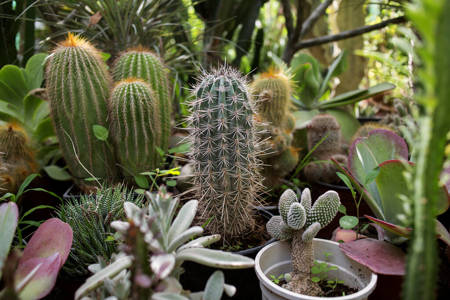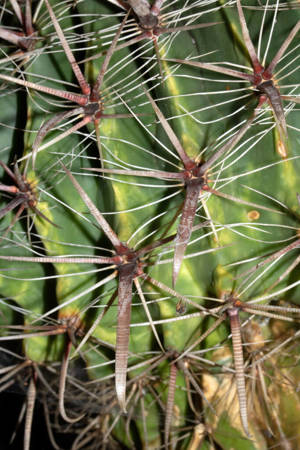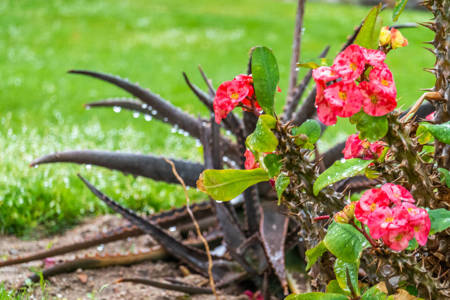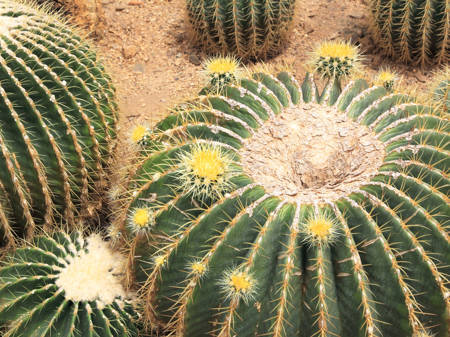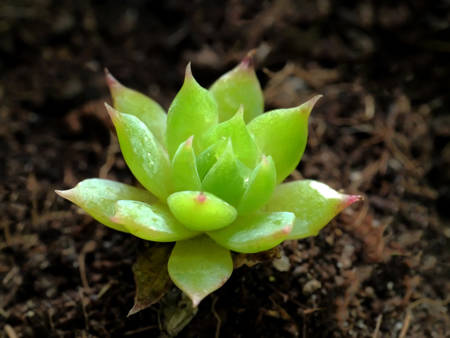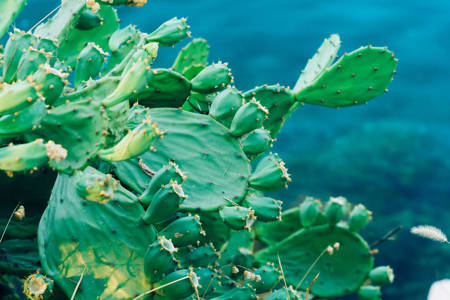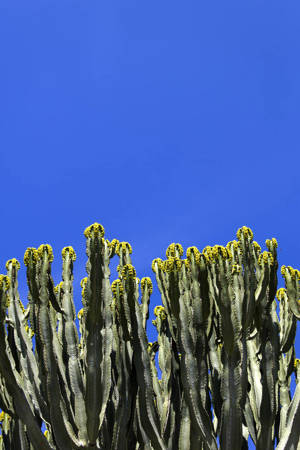Unleashing Succulent Insights: AI-Powered Smart Succulents Dataset
| Total images | : 2,033 |
| Type | : organic |
| Category | : Subjects |
| Resolution | : Up to 1024px |
| Storage size | : Up to 399 Mb |
| File format | : JPEG |
The Smart Succulents Collection dataset is a comprehensive and cutting-edge repository of succulent plant information, meticulously collected and enriched with the power of AI. This collection brings together a diverse assortment of succulent species, empowering machine learning of essential attributes, growth patterns, care instructions, and environmental preferences.
Our team have meticulously collected and validated the data, ensuring its accuracy and reliability. Whether you're a passionate succulent enthusiast, a seasoned horticulturist, or a budding AI researcher, this dataset offers a rich and fertile ground for exploration and analysis.
The "Smart Succulents Collection" dataset opens up a world of exciting use cases for AI and machine learning. Some of the prominent applications include:
1. Plant Recognition and Classification: Develop AI models that can accurately recognize and classify different succulent species from images. This can be valuable for botanists, horticulturists, and plant enthusiasts to quickly identify succulents in the wild or in gardens.
2. Automated Care Recommendations: Create AI-powered systems that analyze environmental data and plant attributes to offer personalized care recommendations for succulents. This can assist gardeners in optimizing watering schedules, sunlight exposure, and other essential care practices.
3. Predictive Growth Models: Employ machine learning algorithms to predict the growth patterns of succulents based on historical data. These models can help researchers and growers anticipate the developmental stages of the plants, enabling better planning and management.
4. Health Monitoring and Disease Detection: Utilize AI image processing techniques to detect signs of distress or disease in succulents. Early detection can aid in prompt intervention and prevent potential outbreaks.
5. Optimized Breeding Programs: Implement AI algorithms to analyze genetic data and phenotype characteristics, facilitating the development of new succulent hybrids with desirable traits like vibrant colors or drought resistance.
6. Smart Garden Automation: Integrate the dataset with smart garden systems to create automated environments that adjust lighting, temperature, and humidity based on the specific needs of each succulent species.
7. Climate Adaptation and Conservation: Employ AI to assess how succulents respond to changing environmental conditions and identify species that might be more resilient to climate change. This knowledge can aid in conservation efforts and support biodiversity preservation.
Environment: Commercial stock
Angle: Random
Augmentation: None
AR: Various
ACCURACY
This dataset contains a tolerance margin of up to 5% of associated images which might not reflect 100% accuracy in the metadata or image. As example for the error margin: a close up of a prickly pear (Opuntia) can appear, due to its association with succulents and desert plants. All metadata in this dataset had been created manually and might contain a low margin of error. The maximum resolution of each image might vary.
128px
$49
256px
$69
512px
$89
1024px
$129
Sample images in this dataset







